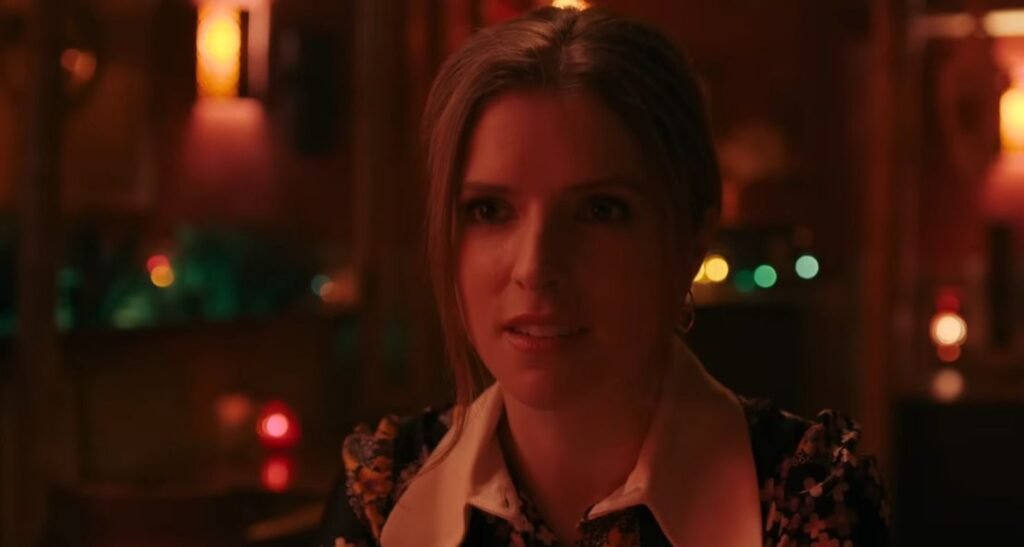Woman of the Hour Review: What You Need to Know
The camera lingers on a woman being photographed in the desert. Nothing overtly menacing happens, yet every frame drips with dread.
That’s how Anna Kendrick opens her directorial debut, Woman of the Hour, and it’s the first sign we’re watching something different in the true crime landscape.
Rather than sensationalising serial killer Rodney Alcala’s crimes, Kendrick’s lens turns toward the mundane moments that women recognise as preludes to danger.
The film builds its horror not from jump scares or graphic violence, but from the familiar: a man touching a woman’s hair without permission, a forced smile in response to unwanted attention, the calculated laugh that might keep you safe.
By focusing on these small moments of threat, Kendrick crafts something far more unsettling than another serial killer story.
Woman of the Hour Cast and Characters
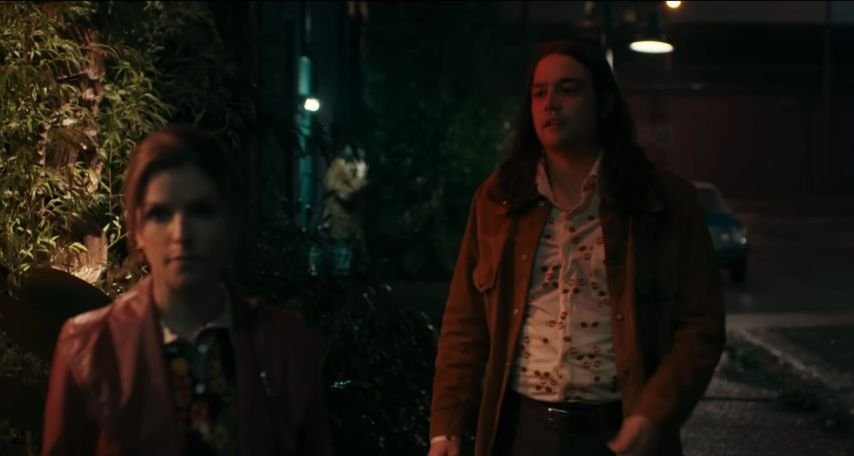
Anna Kendrick sheds her trademark quick-wit persona to inhabit Sheryl Bradshaw with quiet desperation and growing unease.
Her performance feels lived-in, capturing both the period’s casual sexism and the exhausting dance of navigating male attention.
The way she shows Sheryl’s transformation from ambitious actress to someone trusting her instincts provides the film’s emotional spine.
Daniel Zovatto brings frightening precision to Rodney Alcala, particularly in how he modulates between charm and menace.
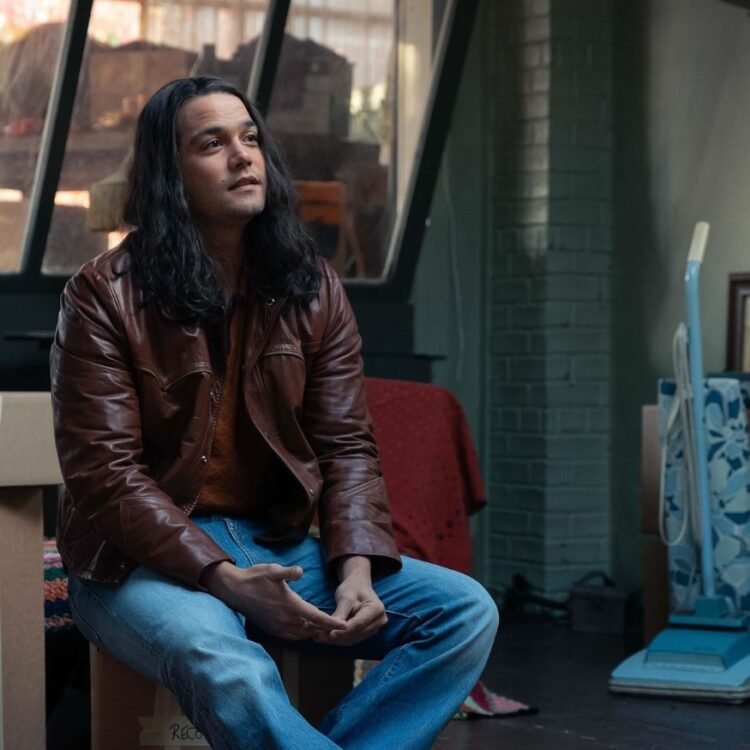
Watch his eyes in the bar scene—the way they shift from warmth to emptiness when Sheryl laughs at him reveals volumes about predatory behaviour.
Autumn Best delivers the film’s most haunting performance as Amy, a teenage runaway whose story forms the movie’s brutal climax.
Her scene in the gas station, where survival instinct meets performance, showcases exactly what this film understands about female experience.
Is Woman of the Hour Based on a True Story?
The film’s core—Alcala’s bizarre appearance on The Dating Game in 1978—actually happened.
However, Kendrick and writer Ian McDonald use this surreal historical moment to explore something broader.
While certain details are altered (the real Cheryl Bradshaw never went for drinks with Alcala), the film’s emotional truths about institutional failure and societal complicity ring devastatingly true.
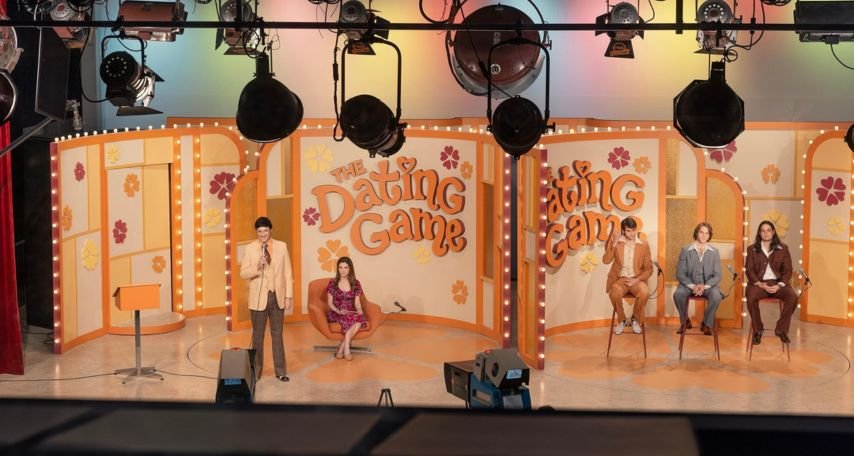
Kendrick’s choice to frame the story through multiple women’s experiences—Sheryl, Amy, and others who crossed Alcala’s path—creates a tapestry of survival rather than a simple true crime narrative.
Each story illuminates different aspects of how society enables predatory behaviour, from dismissive police to entertainment industry exploitation.
Anna Kendrick Woman of the Hour Director’s Vision
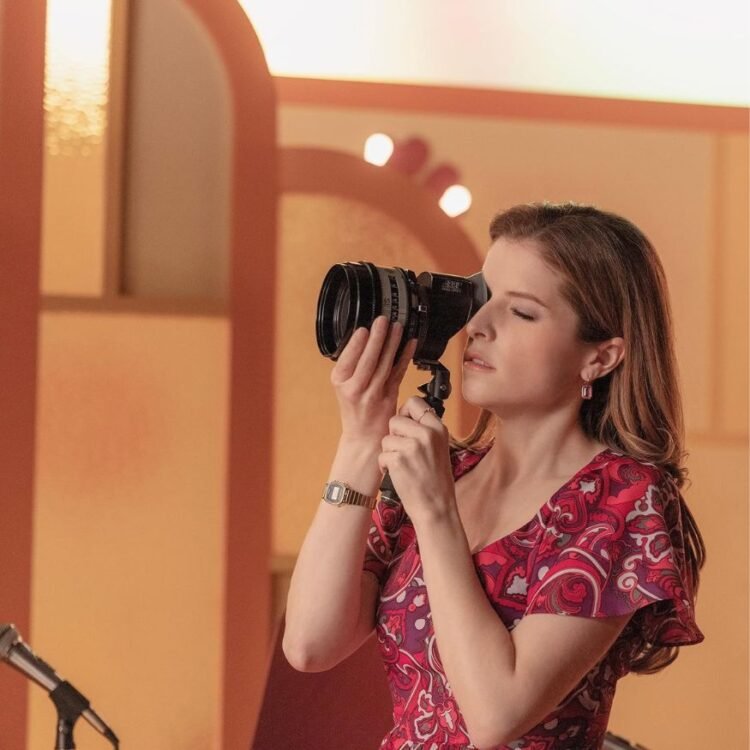
Kendrick’s directorial eye reveals itself in unexpected ways. Notice how she frames women in wide shots when they’re in public spaces, emphasising vulnerability, but shifts to intimate close-ups during moments of realisation or resistance.
The camera becomes increasingly unstable as dangers mount, but steadies itself when women trust their instincts.
The sound design deserves particular attention. Instead of manipulative musical cues, Kendrick relies on ambient noise—fluorescent lights, distant traffic, the hollow echo of footsteps in a parking lot.
This creates a documentary-like immediacy that makes the threat feel present and real.
Woman of the Hour Netflix: Where to Watch and What to Expect
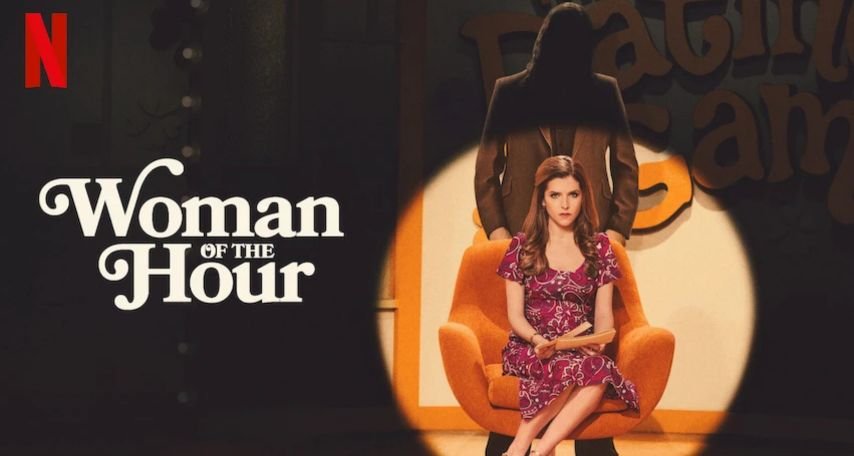
The film’s 95-minute runtime on Netflix feels calibrated for maximum impact.
Kendrick structures the narrative like a spiral, each loop bringing us closer to understanding both predator and prey.
The R rating comes less from explicit content—the violence largely happens off-screen—and more from the psychological weight of watching women navigate situations viewers will find uncomfortably familiar.
Watch for the non-linear storytelling technique. Kendrick weaves between time periods not for stylistic flourish, but to reveal patterns: in Alcala’s behaviour, in institutional responses, in women’s survival strategies.
The film demands attention, refusing to serve as background entertainment.
Woman of the Hour Movie Reviews and Reception
Critical response has sparked fascinating discussions about the evolution of true crime storytelling.
While some viewers found the deliberate pacing challenging, others recognised how it mirrors the slow-building dread of realising you’re in danger.
The film’s boldest choice—prioritising women’s experiences over sensationalised violence—has divided audiences expecting traditional thriller beats.
Gates’ observation in her Ebert review proves particularly astute: “There is a universal language in looks exchanged between women, especially when a dangerous man is present.”
This understanding permeates every frame, from the cocktail waitress who catches Sheryl’s silent plea to Laura’s desperate attempts to warn others about Alcala.
The film’s technical achievements often go unremarked in discussions.
Kendrick and cinematographer Bruce Francis Cole craft a visual language that subtly shifts between the staged artificiality of the game show and the raw immediacy of personal danger.
Their use of period-appropriate lighting—particularly in the bar sequence—creates a noirish undertone that never feels like mere stylistic homage.
Final Verdict: Should You Watch Woman of the Hour?
This isn’t simply another entry in Netflix’s true crime catalogue. Kendrick has crafted something more ambitious: a study of how society trains women to ignore their instincts, wrapped in the framework of a historical thriller.
The film’s power lies not in its depiction of violence but in its understanding of the small moments that precede it.
The visual sophistication might surprise viewers familiar with Kendrick solely as an actor.
She demonstrates remarkable confidence in letting scenes breathe, trusting audience intelligence over cheap thrills.
At the same time, she never loses sight of the film’s responsibility to its subject matter, avoiding the exploitative traps that often plague true crime adaptations.
For viewers expecting a conventional serial killer narrative, Woman of the Hour might frustrate.
But for those willing to engage with its deeper themes about institutional failure, societal complicity, and female survival, it offers something rarely seen in the genre: authentic understanding of women’s experiences with danger.
It’s this perspective that elevates the film beyond its true crime origins into something more lasting—and more unsettling.
You might also like:
- Cast of Alex Cross Television Show: Meet the Faces Behind Prime Video’s Gripping Crime Drama
- Daredevil: Born Again: Every Major Reveal from the ‘Bloody & Violent’ Disney+ Trailer
- Slow Horses Season 5: Release Date, Cast, and Everything You Need to Know About the Return to Slough House
- Dexter: Original Sin – A Gripping Origin Story That Brings New Depth to the Dexter Universe
- Discover 20 of The Best Psychological Thrillers of All Time


